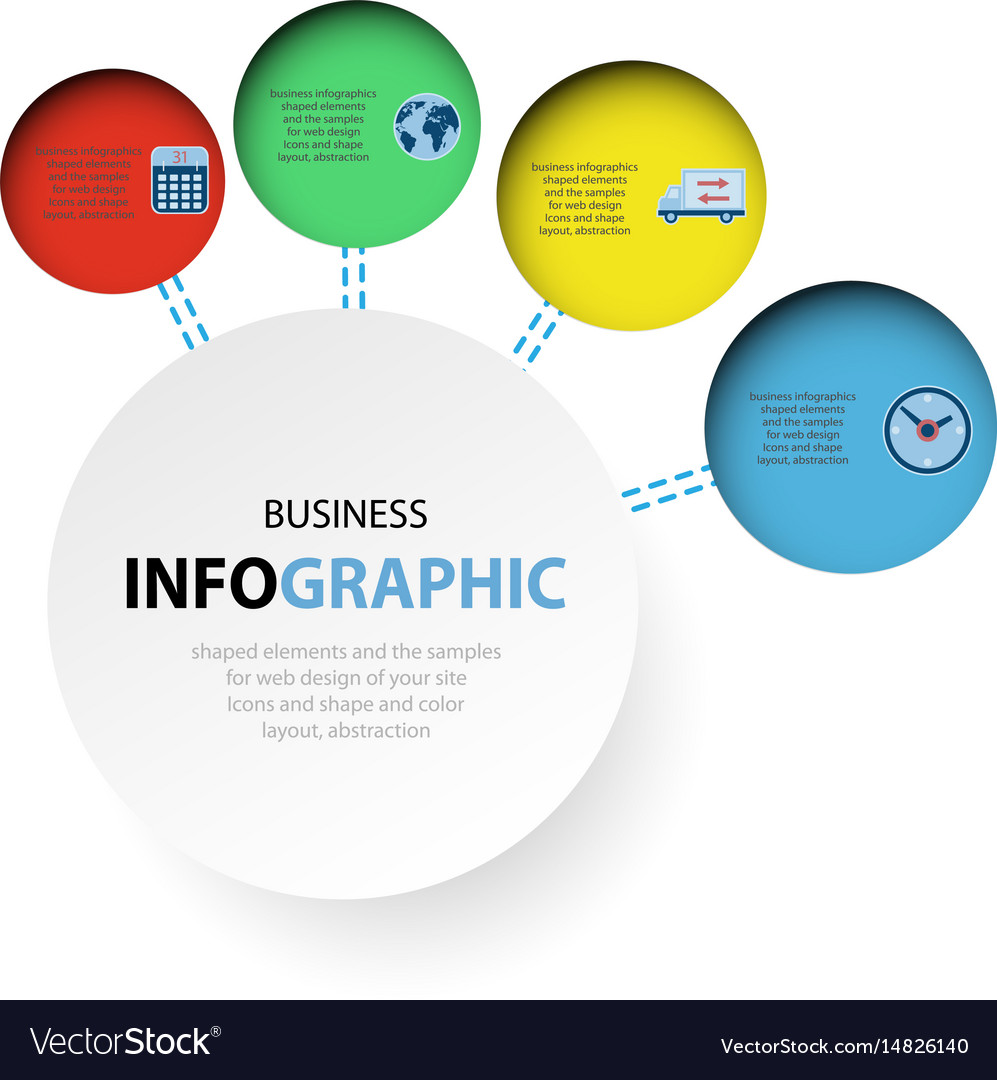The Advancement Of Site Layout: From Past To Existing
The Advancement Of Site Layout: From Past To Existing
Blog Article
Writer-Pappas Peters
In the past, websites were basic and concentrated on details. Navigation was direct, and style was for desktop computers. Currently, individual experience is essential. Data guides layouts for easy navigating. Responsive formats fit different devices. click the up coming document , dark mode decreases stress, and minimalist food selections boost navigating. Interactive attributes engage users, and bold visuals attract attention. AI combination improves engagement. See how layout has actually advanced to improve your on the internet trip.
Very Early Days of Website Design
In the very early days of website design, simpleness preponderated. Websites were fundamental, with limited shades, font styles, and formats. The focus was on giving info instead of showy visuals. Users accessed the internet through slow dial-up links, so rate and performance were vital.
Navigating food selections were straightforward, usually situated on top or side of the web page. Websites were designed for desktop computers, as mobile browsing had not been yet common. Web content was king, and designers prioritized easy readability over complicated style components.
HTML was the key coding language used, and designers needed to work within its constraints. Computer animations and interactive functions were very little compared to today's requirements. Websites were static, with little vibrant material or customized customer experiences.
Rise of User-Focused Design
With the advancement of web site design, a change towards user-focused style concepts has ended up being increasingly prominent. Today, creating sites that focus on individual experience is vital for involving site visitors and attaining company objectives. User-focused style involves comprehending the demands, choices, and behaviors of your target audience to customize the site's layout, content, and includes accordingly.
Designers currently carry out complete research, such as customer studies and usability testing, to gather understandings and feedback straight from users. This data-driven technique aids in producing user-friendly navigation, clear calls-to-action, and aesthetically enticing interfaces that resonate with site visitors. By placing the individual at the center of the design process, sites can supply a more individualized and satisfying experience.
Responsive design has likewise become a crucial aspect of user-focused style, guaranteeing that sites are maximized for numerous devices and screen sizes. This versatility improves accessibility and use, catering to the varied ways individuals interact with sites today. In essence, the rise of user-focused design represents a change towards creating electronic experiences that focus on the needs and expectations of the end user.
Modern Trends in Website Design
Explore the most recent trends forming web design today. One prominent fad is dark setting layout, supplying a smooth and modern-day look while minimizing eye pressure in low-light environments. Another vital pattern is minimalist navigating, simplifying menus and boosting individual experience by concentrating on essential elements. Integrating micro-interactions, such as animated buttons or scrolling effects, can create a much more interesting and interactive web site. Responsive layout continues to be essential, guaranteeing smooth customer experiences across different devices. Furthermore, making use of vibrant typography and unbalanced formats can include aesthetic interest and draw attention to particular material.
Integrating AI technology, like chatbots for customer assistance or customized recommendations, improves individual interaction and improves procedures. Access has likewise end up being a significant pattern, with developers prioritizing comprehensive design techniques to deal with varied individual demands. Embracing sustainability by optimizing internet site efficiency for rate and efficiency is another emerging fad in website design. Teaming up with user feedback and data analytics to iterate and boost layout continuously is crucial for remaining relevant in the ever-evolving electronic landscape. By accepting these contemporary fads, you can create a visually enticing, easy to use web site that reverberates with your target market.
Conclusion
As you assess the evolution of site design from the very early days to now, you can see exactly how user-focused style has ended up being the driving force behind modern fads.
Welcome the journey of adjustment and adaptation in website design, constantly maintaining the individual experience at the center.
Stay current with the most recent trends and modern technologies, and never ever quit advancing your method to create visually sensational and easy to use internet sites.
Advance, adapt, and create - the future of website design remains in your hands.
